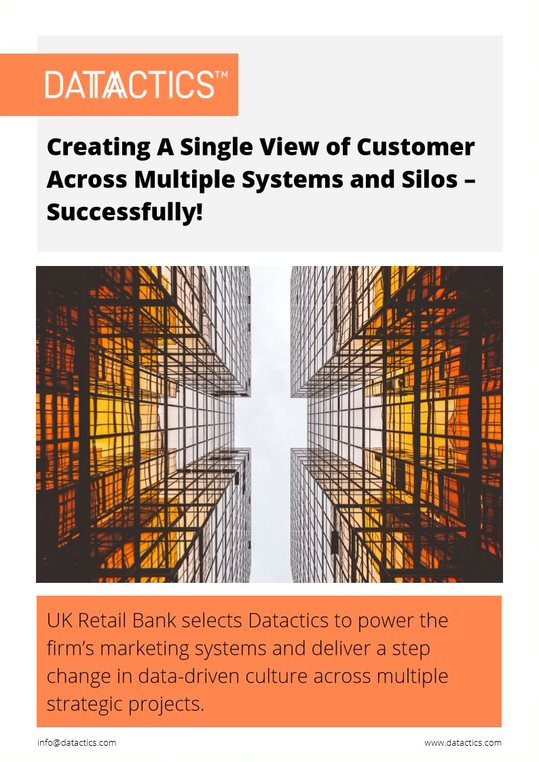What is ETL (Extract, Transform, Load)?
ETL refers to the process of extracting data from a source system, transforming it into the desired format, and loading it into a target system. ETL is typically used when data needs to be moved from one system to another, or when it needs to be cleansed or aggregated.

How does ETL work?
As its name suggests, ETL is made up of three distinct phases:
- The Extract phase involves accessing and retrieving the raw data from the source system, such as a data silo, warehouse or data lake. Pretty much any repository or system that an organisation uses to store data will need to have that data extracted as part of an ETL process. This is usually because source systems, lakes and warehouses are not designed to perform analytics or computational analysis in situ. Additionally, many organisations are constantly undergoing digital transformation, moving away from legacy systems to newer storage options, meaning that there is no constant ‘perfect’ state of data storage for any enterprise. Tools for ETL aid in automating the extraction process and saving the considerable time (not to mention risk of human error) in performing the task manually.
- The Transform phase involves converting the data into the desired format, which may involve cleansing, filtering, or aggregation. It’s a vitally important step to help reinforce data integrity. At this stage, firms might choose to employ data quality rules on the data itself, as well as to measure the data’s suitability for specific regulations such as BCBS 239.
- The Load phase loads the transformed data into the target system – such as a new data lake or data warehouse. ETL processes can be performed manually or using specialised ETL software to reduce the manual effort and risk of error. Two different options are available to firms at this stage: load the data over a staggered period of time (‘incremental load’) or all at once (‘full load’). Data analysis is often performed as part of the ETL process in order to identify trends or patterns in the data, understand its history, and build models for training AI algorithms. Data pipelines are often used to automate ETL processes.
What is an example of ETL?
ETL processes are usually used for data analysis and data pipelines. However, they can also be used for other purposes such as data cleansing and data migration. Raw data is often transformed into a more usable format during the process. For example, it can be transformed from a CSV file into an SQL database. For a customer story where ETL was used in a regulatory compliance context, check out this case study.
Single Customer View – Retail Banking
Why is ETL important?
How can I use Datactics to perform ETL?
It is extremely easy to connect Datactics’ Self Service Data Quality software to a wide range of data sources for ETL purposes. Our platform is designed for people who aren’t programmers or coders, putting data management operations in the hands of business and data specialists. Contact us today for a demo and we’ll happily show you how.




